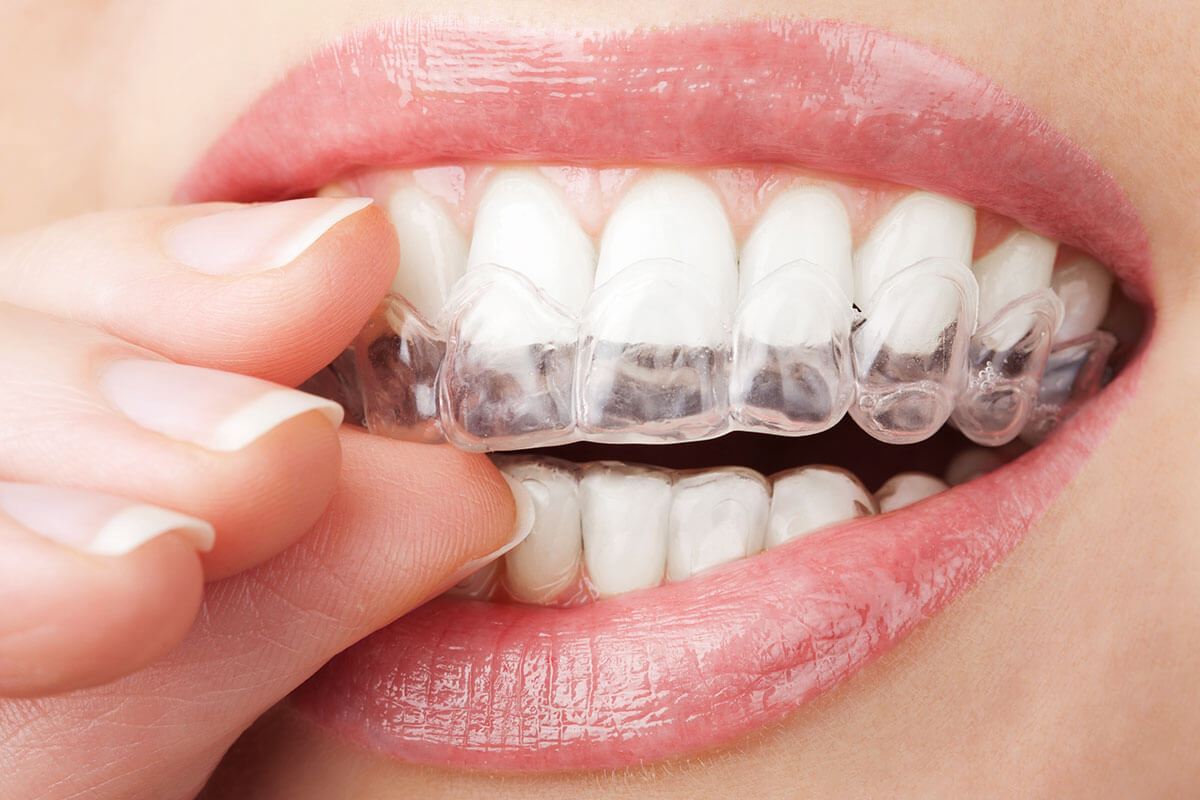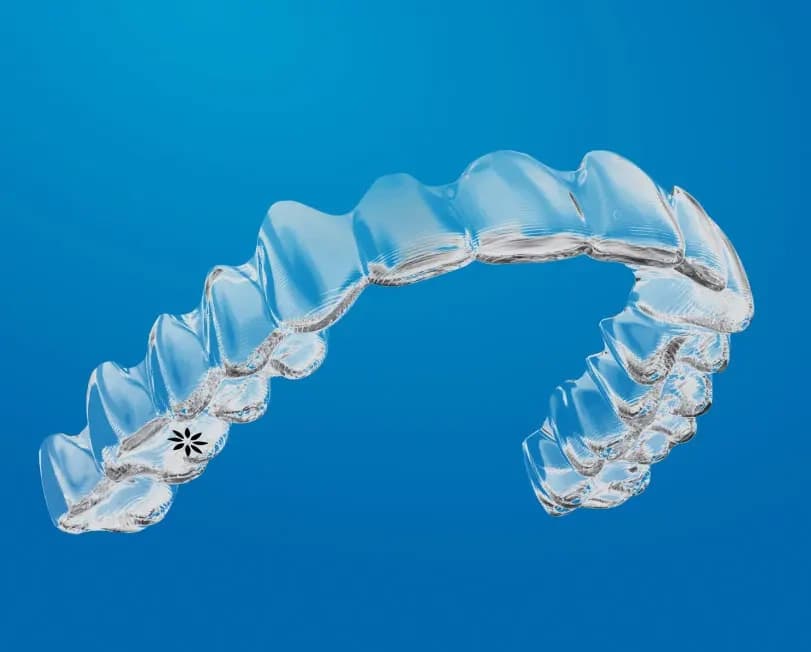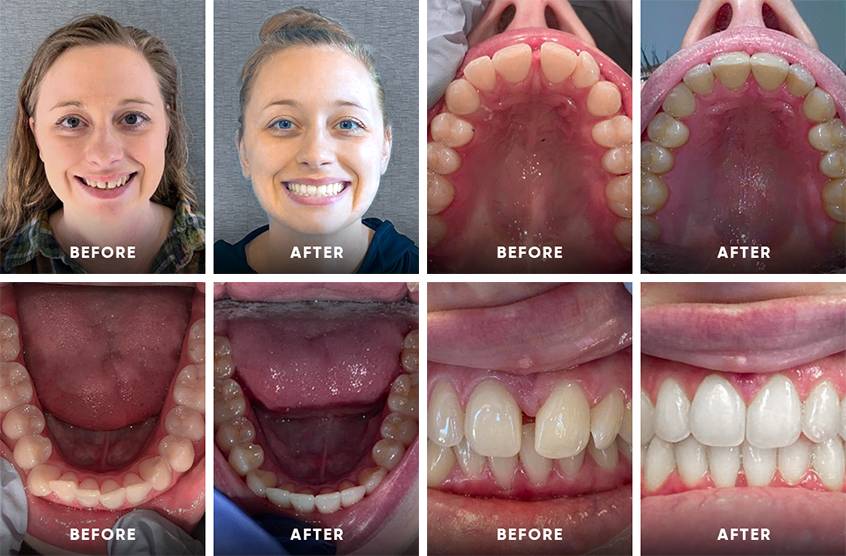Invisalign vs. Conventional Dental braces: Which Option Is Right for You?
When thinking about orthodontic therapy, the option between Invisalign and conventional braces offers a number of crucial factors that merit mindful assessment. Invisalign uses a discreet option with detachable aligners, while traditional braces give a more visible yet reliable remedy for serious imbalance.
Review of Treatment Alternatives

On the other hand, traditional braces contain steel brackets and cords that are bonded to the teeth. This method applies continuous pressure gradually to accomplish positioning. While effective for complex orthodontic issues, conventional braces need regular visits for adjustments and can pose difficulties in maintaining oral hygiene as a result of the problem of cleaning about braces and wires.
Both alternatives have their advantages, and the choice typically pivots on particular dental conditions, way of life choices, and person compliance. Inevitably, seeking advice from an orthodontic specialist is critical for figuring out one of the most suitable treatment strategy customized to individual requirements. Understanding the subtleties of each option can substantially influence the general success of orthodontic treatment.
Visual Factors To Consider
A significant element influencing the choice in between Invisalign and conventional dental braces is the aesthetic appeal each treatment supplies. Invisalign aligners are crafted from clear plastic, making them basically unnoticeable when put on.
On the other hand, conventional dental braces contain metal brackets and wires, which can be more noticeable. While developments in orthodontic modern technology have caused the advancement of smaller brackets and colored elastics, conventional dental braces still maintain an even more noticeable profile. For some individuals, the presence of braces may discourage them from seeking essential treatment.
Eventually, the choice in between Invisalign and standard braces may hinge on individual preferences concerning visual appeals. Patients that prioritize discernment frequently lean towards Invisalign, while those who are much less worried concerning visibility may select conventional dental braces. Comprehending the visual implications of each alternative is vital for making a notified decision that lines up with one's way of life and preferences.
Convenience and Convenience

In regards to comfort, Invisalign aligners are detachable, allowing people to appreciate their favorite foods without limitation and preserve optimal dental health. Cleaning and flossing are streamlined, as the aligners can be obtained throughout these regimens, whereas typical braces require cautious maneuvering around wires and brackets.
Furthermore, Invisalign's dynamic system permits fewer orthodontic gos to. Patients usually get several collections of aligners simultaneously, which can enhance the treatment process and reduce time spent in the orthodontist's chair. In comparison, traditional braces demand normal changes, making them much less convenient for those with hectic timetables. Invisalign. In general, the convenience and ease of Invisalign make it an enticing option for several people looking for orthodontic treatment.
Therapy Duration and Performance
While both Invisalign and typical braces are reliable in dealing with dental misalignments, the period of treatment can differ substantially between both choices. Generally, Invisalign treatment can take anywhere from 12 to 18 months, depending upon the complexity of the case. The clear aligners work by slowly moving teeth into their desired settings, and regular follow-ups with an orthodontist aid guarantee progress stays on course.
On the other hand, typical dental braces often need a longer dedication, generally ranging from 18 months to 3 years. This is because of their fixed nature and the use of brackets and cords, which can be much more reliable for intricate cases and severe imbalances (Invisalign). The treatment performance of standard dental braces is well-documented, as they permit specific adjustments and better control over tooth activity
Eventually, the option in between Invisalign and traditional like this dental braces may depend upon both the expected treatment duration and the particular oral issues at hand. Consulting with an orthodontist is critical, as they can give tailored recommendations based upon specific requirements, making sure the chosen method straightens with desired timeframes and results.
Expense Comparison and Insurance Coverage Choices
Price plays a considerable function in the decision-making procedure for individuals thinking about orthodontic treatment, whether deciding for Invisalign or standard braces. Generally, the price of Invisalign varieties from $3,000 find more to $8,000, while typical braces normally set you back in between $2,000 and $6,000. Factors affecting these expenses include the intricacy of the situation, the duration of treatment, and geographical location.
Several dental insurance strategies provide partial coverage for orthodontic treatments, however the specifics can differ extensively. Normally, traditional dental braces may be extra regularly covered by insurance coverage plans compared to Invisalign, which some insurance providers classify as an aesthetic treatment.
Additionally, several orthodontic methods supply adaptable layaway plan, making both therapy choices more obtainable. Individuals must ask about possible funding options and price cuts for ahead of time payments. Assessing the complete expense, consisting of insurance policy advantages and payment plans, is crucial for making a notified choice that aligns with both visual choices and budget considerations.

Conclusion
In recap, the selection between Invisalign and standard dental braces rests on multiple aspects, including visual preferences, comfort, therapy period, and cost. Invisalign uses a discreet, removable choice that helps with oral hygiene and dietary versatility, while typical braces might be extra ideal for complicated oral problems and often come with a lower cost point. Eventually, examination with an orthodontist is necessary to analyze private scenarios and determine one of their website the most appropriate therapy choice for achieving optimal dental positioning.
When thinking about orthodontic therapy, the choice in between Invisalign and typical braces offers several essential elements that warrant cautious assessment.Contrasting Invisalign and traditional dental braces exposes distinct therapy alternatives for orthodontic adjustment.While both Invisalign and typical dental braces are effective in dealing with oral imbalances, the duration of therapy can differ significantly between the 2 options.Cost plays a substantial function in the decision-making process for individuals thinking about orthodontic therapy, whether choosing for Invisalign or traditional braces.In recap, the selection in between Invisalign and conventional braces pivots on several elements, including aesthetic preferences, convenience, treatment duration, and cost.